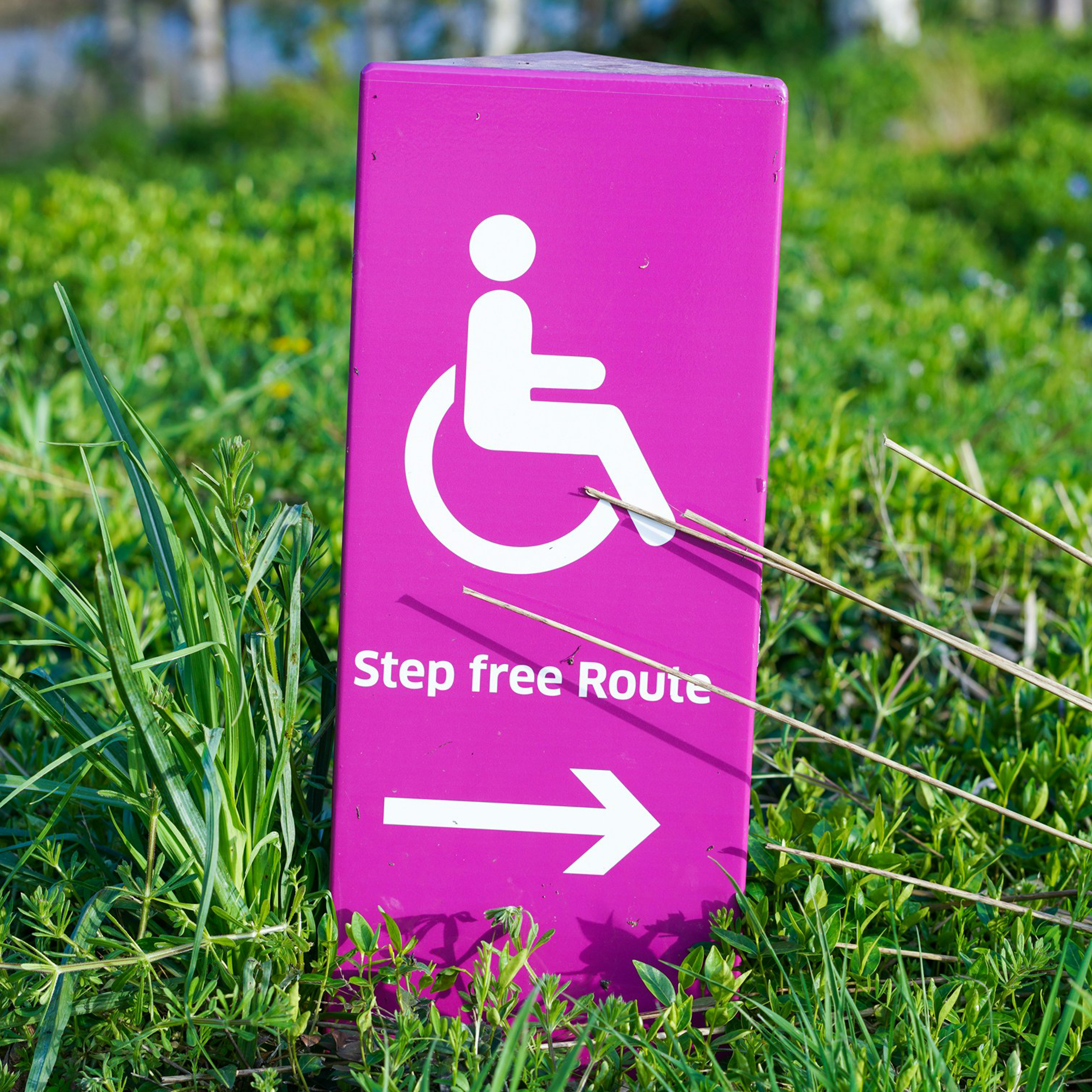Accessibility Innovations… What's New in the UK?
Posted on August 7, 2024 in News
Accessibility Innovations… What's New in the UK?
The landscape of accessibility is constantly evolving, with new advancements and technologies emerging to make life easier and more inclusive for everyone. In the UK, recent innovations in accessibility infrastructure and technology are not only transforming the lives of people with disabilities but also benefiting elderly individuals, those with mobility or dexterity issues, people with sight and hearing difficulties, and even parents with buggies. Let's explore some of these exciting developments that are making a significant difference.
Smart Cities and Inclusive Urban Design
The concept of smart cities is gaining traction across the UK, with a focus on inclusive urban design. Cities like London, Manchester, and Birmingham are integrating smart technologies to enhance accessibility. For example, the implementation of smart traffic lights and pedestrian crossings equipped with audible signals and tactile paving helps those with visual and hearing impairments navigate busy streets safely. Additionally, these smart systems can adjust timings based on pedestrian flow, making it easier for elderly individuals and parents with buggies to cross the streets comfortably.
Accessible Public Transportation
Public transportation systems are undergoing significant upgrades to improve accessibility. Transport for London (TfL) has introduced more step-free access points across the Underground and Overground networks. Buses are now equipped with ramps, low floors, and designated spaces for wheelchairs and buggies. Furthermore, real-time information screens provide visual and audible updates, assisting those with hearing or sight difficulties in navigating the transport system more effectively.
Innovative Mobility Aids
Recent advancements in mobility aids are empowering individuals with mobility challenges to move more freely and confidently. Innovations like the WHILL Model Ci, an intelligent personal electric vehicle, offer superior manoeuvrability and control. Lightweight and foldable scooters and power chairs are becoming more popular, providing convenient options for travel and daily activities. These devices are designed not only for people with disabilities but also for the elderly and others who need mobility support.
Assistive Technology for the Home
Smart home technology is revolutionizing how people with disabilities and other needs manage their daily lives. Voice-activated assistants like Amazon's Alexa and Google Home enable users to control lights, thermostats, and even appliances through simple voice commands. These technologies are particularly beneficial for individuals with dexterity issues or limited mobility. Additionally, smart home security systems with video doorbells and automated locks provide enhanced safety and peace of mind.
Advanced Hearing and Vision Solutions
Innovative solutions are making significant strides in the realm of hearing and vision support. Devices such as the OrCam MyEye use artificial intelligence to assist visually impaired individuals by reading text, recognizing faces, and identifying products. For those with hearing difficulties, advanced hearing aids and cochlear implants are now equipped with Bluetooth connectivity, allowing seamless integration with smartphones and other devices for a more connected experience.
Accessible Apps and Digital Platforms
The digital world is becoming more accessible thanks to a wave of inclusive apps and platforms. Apps like Be My Eyes connect visually impaired users with volunteers who provide visual assistance through live video calls. Similarly, apps like Ava offer real-time captioning for those with hearing impairments, enabling better communication in various settings. These digital solutions extend their benefits to elderly users and anyone facing temporary or permanent accessibility challenges.
Innovative Public Spaces
Public spaces are being reimagined to ensure inclusivity for all. Parks and recreational areas are incorporating sensory gardens, wheelchair-accessible pathways, and inclusive playgrounds designed for children of all abilities. Museums and cultural institutions are also enhancing accessibility through tactile exhibits, audio descriptions, and sign language tours, making cultural experiences more inclusive and enjoyable for everyone.
By embracing inclusive design and technology, we are not only improving the quality of life for people with disabilities but also creating a more accessible and equitable environment for elderly individuals, parents with young children, and anyone facing mobility, sight, or hearing challenges. As we continue to innovate and evolve, the future looks promising for a more inclusive society where everyone can thrive.
At PA Pool, we are inspired by these advancements and committed to fostering a community where accessibility and independence are at the forefront. Stay tuned to our blog for more updates and insights on how we can all contribute to a more inclusive world.